 |
Tuesday, September 16, 2025
Doing More with LessScientists who study business operations have long been successful in guiding evidence-based decision-making despite limited information, all while keeping costs low. Given that research in wildlife health often requires operational... Category: In the News |
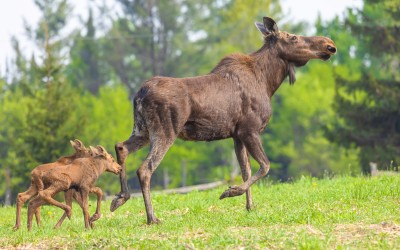 |
Tuesday, April 22, 2025
Harnessing Connections for Efficient Disease InvestigationWildlife, just like people, cluster into social or family groups. And just like people, animals pass their diseases around to others sharing their group. Given these two facts, we derived novel statistical equations that consider... Category: In the News |
 |
Wednesday, February 5, 2025
The CWHL Goes to South America: Balancing Wildlife with AgricultureAllocating grassland resources to guanaco populations in Argentina To help society in Santa Cruz, Argentina put together a Provincial Guanaco Management Plan, we developed population simulations to see how the number of guanacos (... Category: In the News |
 |
Thursday, January 23, 2025
Environmental Contamination and Consumption of WaterfowlThroughout history, humans have eaten locally caught meat for a variety of nutritional, cultural, and economic reasons. In the present day, hunters in New York, Pennsylvania, New Jersey, and Connecticut harvest over ½ a million wild-... Category: In the News |
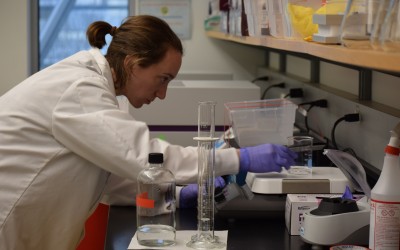 |
Thursday, October 24, 2024
Protocols, Pipelines, and Potential When Evaluating New Diagnostic ToolsThe rapid spread of chronic wasting disease in white-tailed deer highlights the need for new detection tests that can quickly and rapidly detect the presence of disease. Real-time quaking-induced conversion (RT-QuIC) is a promising... Category: In the News |
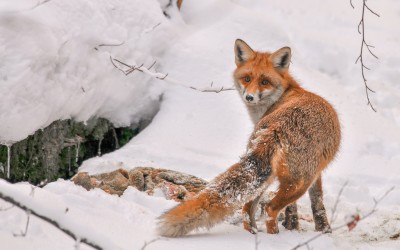 |
Monday, August 12, 2024
Scavengers as Bioindicators of Lead in White-tailed DeerLead (Pb) is a heavy metal that doesn't offer any clear biological benefits and is harmful to both wildlife and humans. Even though lead has been banned in various consumer products, it is not currently regulated in ammunition used for... Category: In the News |
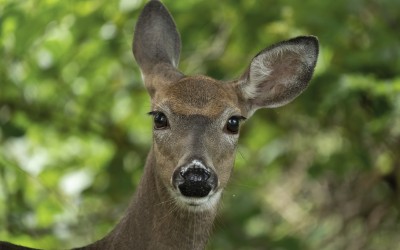 |
Monday, June 17, 2024
Novel Regional CWD Predictions Using Machine LearningChronic wasting disease (CWD) continues to spread through wild cervid herds in North America, rendering surveillance increasingly expensive for wildlife agencies. Although drivers of CWD outbreaks have been studied at herd, outbreak,... Category: In the News |
 |
Thursday, May 2, 2024
Predicting CWD is No Longer Out of ReachIn conjunction with researchers at USGS, the collaborative SOP4CWD team recently published the Habitat Risk software, a Bayesian epidemiological model that predicts the odds of CWD infection in white-tailed deer occupying a given home... Category: In the News |
 |
Wednesday, November 15, 2023
Reimagining the Science Behind Sample SizeWildlife of the same species regularly gather in groups on the landscape. Some groups represent families. Other groups arise when animals congregate to, say, sleep in a den for the night, visit a reliable water hole during the dry... Category: In the News |
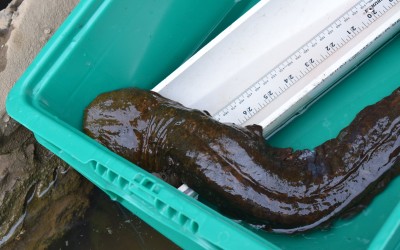 |
Tuesday, November 14, 2023
Go Take a Hike - and Call It Work! The Importance of Field ResearchYou may have heard about biologists and ecologists going “in the field.” What does this mean, and why do they bother? If you’ve ever seen a person shivering in a snowy field holding binoculars and counting winter raptors, you’ve... Category: In the News |
 |
Friday, June 2, 2023
Decoding the Craft of Science WritingTopics to consider in science writing: important lessons to learn for any early career scientist So, you are going to someday become an independent scientist. Regardless of your current training level, whether you are seeking a... Category: In the News |
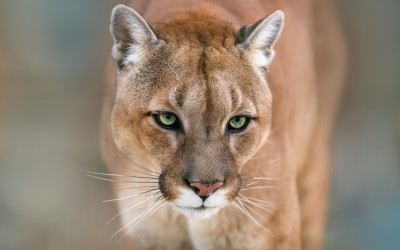 |
Tuesday, March 28, 2023
A Behind the Scenes Look at Wildlife Chemical Immobilization TrainingThe wolves were howling when I arrived at the Wildlife Science Center (WSC) in Stacy, MN for a Wildlife Capture and Chemical Immobilization course put on by the Center for Wildlife Studies. The WSC is a 501(c)(3) nonprofit that is home... Category: In the News |
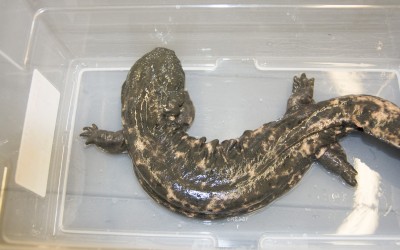 |
Monday, January 30, 2023
Researching Vaccination in Wildlife Leads to New Insights in Amphibian DiseaseHave you ever wondered how some people avoid getting sick even when they’re surrounded by sick people? Disease can seem pretty random- either you catch a bug from your coughing friend, or you get lucky and stay healthy. Though chance... Category: In the News |
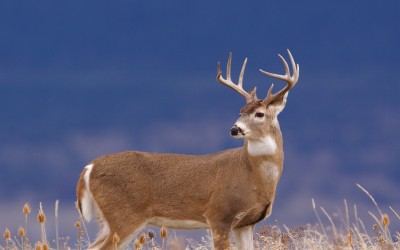 |
Tuesday, December 13, 2022
White-tailed Deer: A Potential SARS-CoV-2 Reservoir?When the COVID-19 pandemic hit in March 2020, much was unknown regarding its impact on non-human species beyond the link to China's wild animal food market. Caused by severe acute respiratory syndrome coronavirus 2 (SARS-CoV-2), it... Category: In the News |
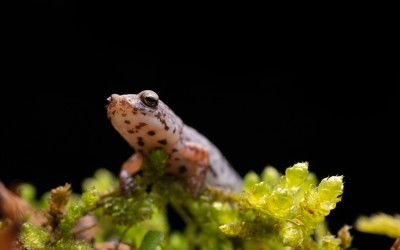 |
Friday, December 2, 2022
Finding Four-toed SalamandersProtecting wildlife is hard. Every species has a unique set of environmental needs and is faced with a unique set of challenges and threats. These constraints mean that wildlife conservation can get very complicated, very quickly, when... Category: In the News |
 |
Monday, November 7, 2022
Your Choice of AmmunitionYour Choice of Ammunition Video of Your Choice of Ammunition An informational video for NYS hunter education courses. Category: In the News |
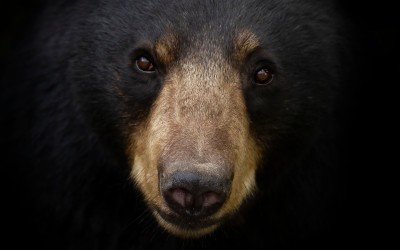 |
Thursday, November 3, 2022
The Itch Black Bears Can't Scratch is Spreading...The bear was miserable, rubbing itself incessantly against the tree. It had been scratching the relentless itch so much that its fur had fallen out and its skin had thickened to a leathery crust. Because it spent all its time... Category: In the News |
 |
Wednesday, August 24, 2022
Mathematical Strategies To Restore EcosystemsWell-designed quantitative analyses provide managers with guidance to work towards maintaining sustainable wildlife populations. Such analyses include investigations of population trends, probing of novel information to fill gaps in... Category: In the News |
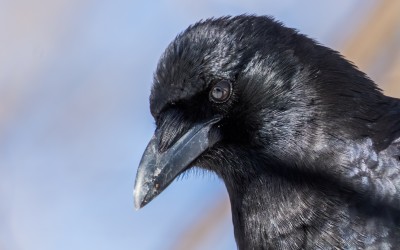 |
Monday, July 18, 2022
Surviving West Nile Virus Infection - Crows Fighting BackAs summer moves into high gear, the number of cases of West Nile virus (WNV) infection in birds is also rising. West Nile virus is transmitted to birds by infected mosquitoes. While all species of birds are susceptible to infection and... Category: In the News |
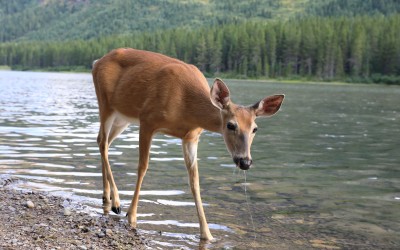 |
Tuesday, July 5, 2022
Understanding CWD Outbreak PotentialWe regularly summarize complicated natural phenomena into simple numbers and then use those numbers to make basic choices. For example, instead of depicting all the drivers of weather that coalesce into a daily high temperature,... Category: In the News |


